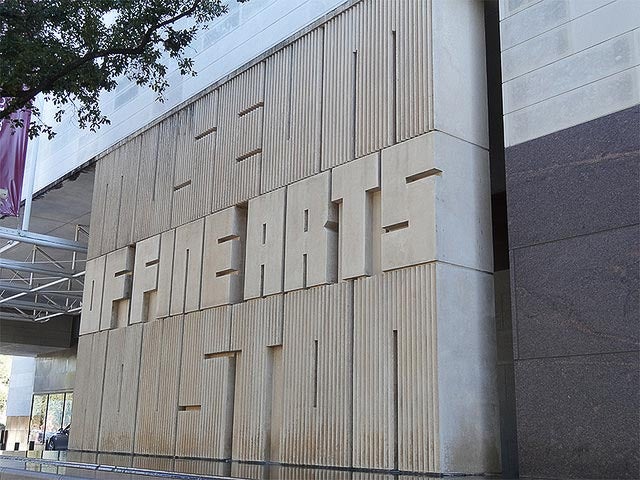For both cities and individuals, there’s capital in highbrow culture.
Cities rely on the opera and major museums as ways to attract tourists, entertain residents, and establish their cosmopolitan credentials to the outside world.
And for residents of those cities, live theater and the like are as much ways to enjoy the city on a Saturday – to learn and be entertained – as a way to legitimize themselves. The public spaces are themselves chances for a multicultural city to congregate.
But does that opportunity for a diverse city to enjoy these sorts of out-of-home, highbrow cultural opportunities as a group ever happen?
In other words, we know there are ethnic disparities in cities. Do those disparities exist in the way city-residents enjoy things like museums and theater?
The Research
In a new study published in the journal Ethnic and Racial Studies, University of Texas researcher Cristian L. Paredes sought to answer those questions for the city of Houston, using data from the 2012 Kinder Houston Area Survey, an annual survey of Houston residents conducted since 1982.
Turns out, in Houston at least, there are in fact distinct differences in who attends museums and theater. But they might surprise those who expected the cultural institutions to be white cultural affectations.
“I found evidence of significant ethnic disparities in attendance at museums and live theatres,” Paredes wrote.
The Findings
The finding surprised Paredes, who had expected to see no real difference along ethnic lines.
“Unexpectedly, the odds of attendance are 24 percent lower for Anglos compared to non-Anglos,” he writes. That’s after controlling for education, income, white-collar status, age and gender.
But he also compared the odds of attending such institutions between three other groups: U.S. natives whose parents are from the U.S. too; foreign-born residents; and U.S. natives who have at least one foreign-born parent.
Those who were born here and have at least one foreign-born parent were 51 percent more likely to attend museums and live theater than U.S.-born residents with U.S.-born parents. There were no differences between U.S. born residents with U.S.-born parents and foreign-born residents in the regression model he built.
“These findings suggest that the audiences of museums and live theatres in Houston are already characterized by noticeable ethnic diversity,” Paredes wrote.
He also found that there was no significant difference in attendance at these types of institutions between white-collar and blue-collar workers. That's in contrast to other studies conducted nationally. "This finding may reveal a unique characteristic of Houston," he writes.
The Implications
"These findings suggest that museums and live theatres in Houston are inclusive spaces of cultural legitimation where minority/ ethnic individuals and immigrants already appreciate highbrow cultural manifestations as experiences of out-of-home leisure consumption," Paredes wrote.
At times, cultural institutions -- fairly or unfairly -- may be viewed as amenities enjoyed primarily by whites who are well-to-do. But Paredes' research shows that preconceived notion is wrong, in Houston at least, and such programs and facilities are enjoyed by a range of attendees.

